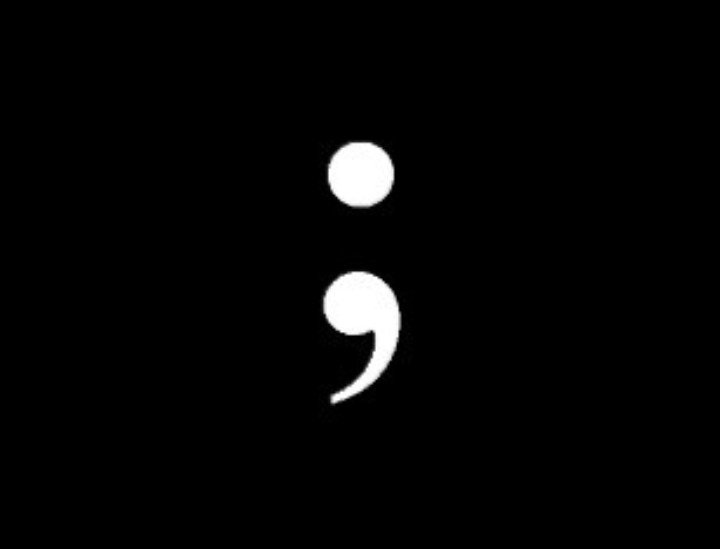
Thus, the rendering engine of the operating system may as well substitute the 037E character with the 003B character, even if there is a glyph available, since the two characters are canonically equivalent as Vasilis said. Quote The preferred character for the greek question mark is 003B (english semicolon), and this is not an advice of the operating systems engineers but of the Unicode charset. It did not form itself from Adam's mouth,Īnd it left in its wake a single teardrop, (From the limited edition of poems A Brief History of Punctuation by Maurya Simon, October 2002) Eats, Shoots & Leaves: The Zero Tolerance Approach to Punctuation by Lynne Truss, You can search inside the book.17th c.: By the end of the century the various marks have received their modern names, and the exclamation mark, quotation marks, and the dash had been added to the system.Over time this early symbol simplified to the mark we use today. At first this symbol consisted of a capital 'Q' atop a lowercase 'o'. Typographic historians contend that the design for the question mark was derived from an abbreviation of the Latin word quaestio (=what). 16th c.: The basic form of the question mark (?) was developed in sixteenth-century England.The source of these two new marks was apparently the system of musical notation used for Gregorian chant. Stops in the form of points or commas are joined by the mark later known as punctus elevatus (:) and by the question mark (punctus interrogativus), of much the same shape as the modern one but inclined to the right. 12th c.: Alcuin’s system reaches its perfection.9th c.: The Greek punctuation system is supplemented by the Greek form of question mark ( ).A.D.: Charlemagne’s Anglo-Saxon adviser Alcuin introduces the Carolingian minuscule script in Latin documents (the forerunners of our lowercase letters), along with the first evidence for a new system of punctuation. Aristophanes of Byzantium, librarian of the Museum at Alexandria, invents the critical signs, marks of quantity, accents, breathings, and so on, still employed in Greek texts. 200 B.C.: The beginnings of the Greek system of punctuation.If you are interested in more information about beta code, visit the Thesaurus Linguae Graecae page on beta code.Punctuation and the question mark: A timeline
A greek question mark code#
The content above should be all that you need to know about beta code for using TypeGreek. On TypeGreek, j and s are interchangeable. In standard beta code, a j represents a terminal sigma and an s represents a regular sigma. A terminal sigma is displayed when the next character is a hard return, a comma, a semi-colon, a period, a colon, a Greek semi-colon ( ·), and a Greek question mark ( ;). Terminal Sigma: TypeGreek determines whether or not to display a terminal sigma when a lowercase sigma is present based on what immediately follows the sigma.On TypeGreek, it does not matter which order the characters are added: as long as the resulting character is valid, the diacritic will be added.

In standard beta code, the diacritics must go in a specific order (breathing, accent, iota subscript / dieresis).
On TypeGreek, diacritics are added to any letter by typing the punctuation mark after the letter, even with capitals. This does not make sense when the diacritics are combined with the letter in real-time and the asterisk is not used for capitals. Standard beta code is case-insensitive, so an extra symbol - an asterisk ( *) in front of the letter - was necessary to distinguish between capital and lowercase letters TypeGreek does not treat the asterisk as a character that needs to be converted.In standard beta code, the diacritics for capitals are placed after the asterisk but before the letter itself.
A greek question mark plus#


Some aspects of standard beta code are a little quirky when the beta code characters are being converted to Greek characters in real-time. (To add a diacritic to a Greek letter, simply type one of these punctuation marks after the letter.) / The following chart shows which punctuation mark corresponds to which Greek diacritic. The following chart shows which Roman character corresponds to which Greek character (adapted from Laura Gibbs’ site): a For example, ἀ is represented in beta code as a) - a for alpha and ) for smooth breathing. Beta code is standard way to represent Greek characters as a combination of Roman characters and punctuation. Type Greek uses beta code, converting each beta code keystroke into the corresponding Greek character.


 0 kommentar(er)
0 kommentar(er)
